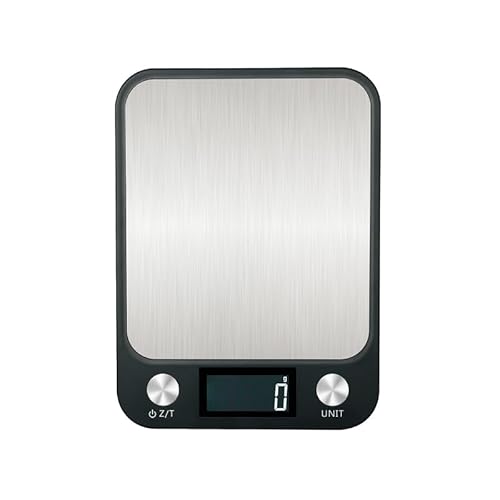Hi all, in my “off season” I have been experimenting with oxides and ultramarines for soap colorants. My goal is to create reproducible colors by recording proportions of colorants instead of my usual less systematic method of winging it. I’ll post some pics later, but I am seeking hive mind wisdom on using iron oxide pigments that are made for paint in soap. I have purchased yellow and red iron oxides from TKB, Brambleberry, and WSP, and while these are reliable, the yellow is more of a mustard and the red more of a brick red, including a red iron oxide I recently purchased from WSP that looked much brighter on screen than IRL.
But. There is a company called Kremer Pigmente that sells pigments for artists. (Other companies too of course.) Some pigments are obvious NOs! for soap because of toxicity. Looking at the MSDS sheets for the iron oxides there is nothing that would exclude them from use in soap that I can see, and their pigments look brighter and truer than what is available elsewhere.
I do use micas, but there are some questions I have about them. Some micas are a blend of mica and polyurethane 11, and neon colorants are all polyurethane 11, as far as I can tell. I’m not a chemist but I wonder if polyurethane 11 contributes to microplastics, or micro persistent-manmade-stuff. (Polyurethane is not technically a plastic, but it does hang around in the environment.) At a practical level micas are pretty expensive, and if I can create my own colors at a lower cost then that has obvious appeal.
Anyone else been down this road? @Mobjack Bay I know you have experience with oxides and ultramarines. @DeeAnna I'm curious about your take on soap colorants with polyurethane in them.
TIA
But. There is a company called Kremer Pigmente that sells pigments for artists. (Other companies too of course.) Some pigments are obvious NOs! for soap because of toxicity. Looking at the MSDS sheets for the iron oxides there is nothing that would exclude them from use in soap that I can see, and their pigments look brighter and truer than what is available elsewhere.
I do use micas, but there are some questions I have about them. Some micas are a blend of mica and polyurethane 11, and neon colorants are all polyurethane 11, as far as I can tell. I’m not a chemist but I wonder if polyurethane 11 contributes to microplastics, or micro persistent-manmade-stuff. (Polyurethane is not technically a plastic, but it does hang around in the environment.) At a practical level micas are pretty expensive, and if I can create my own colors at a lower cost then that has obvious appeal.
Anyone else been down this road? @Mobjack Bay I know you have experience with oxides and ultramarines. @DeeAnna I'm curious about your take on soap colorants with polyurethane in them.
TIA
Last edited:










































